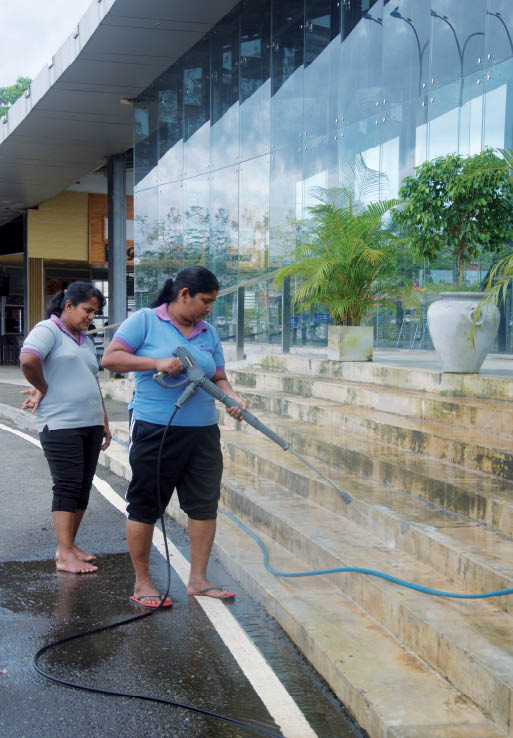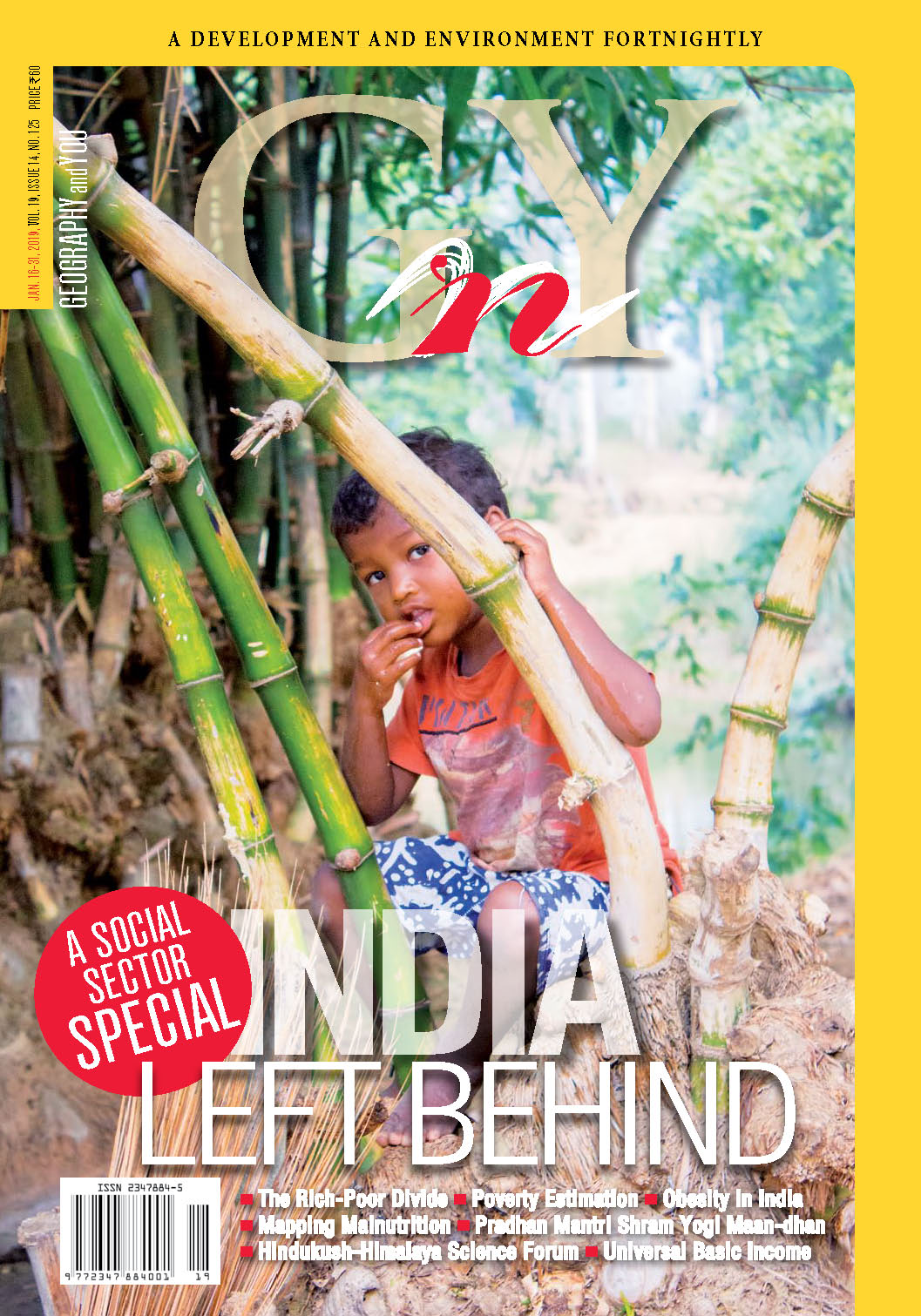
Expert Panel
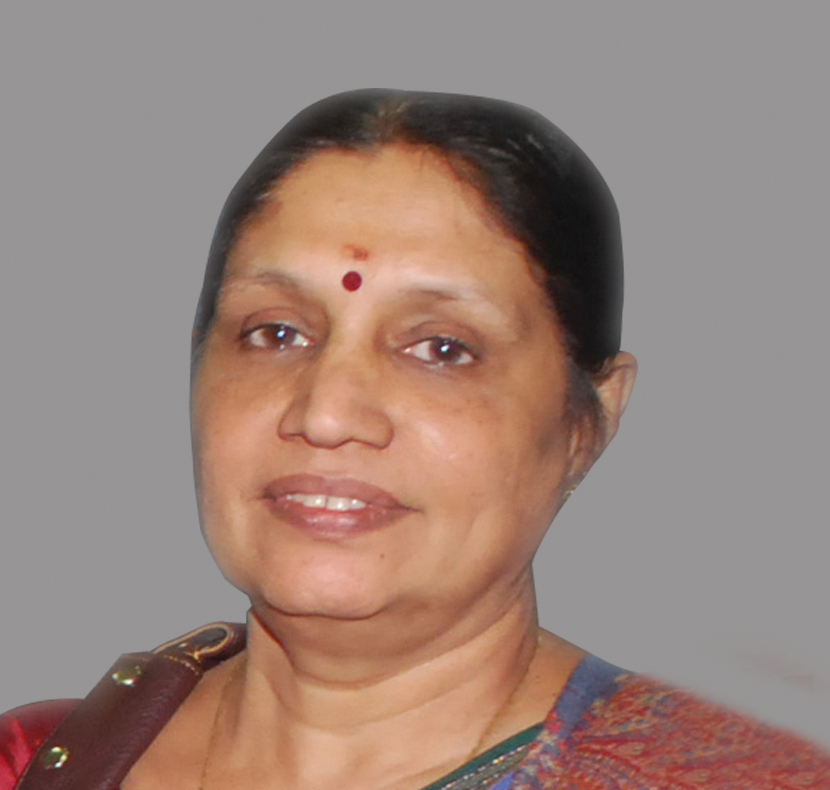
Former Chairperson, National Biodiversity Authority, Chennai.
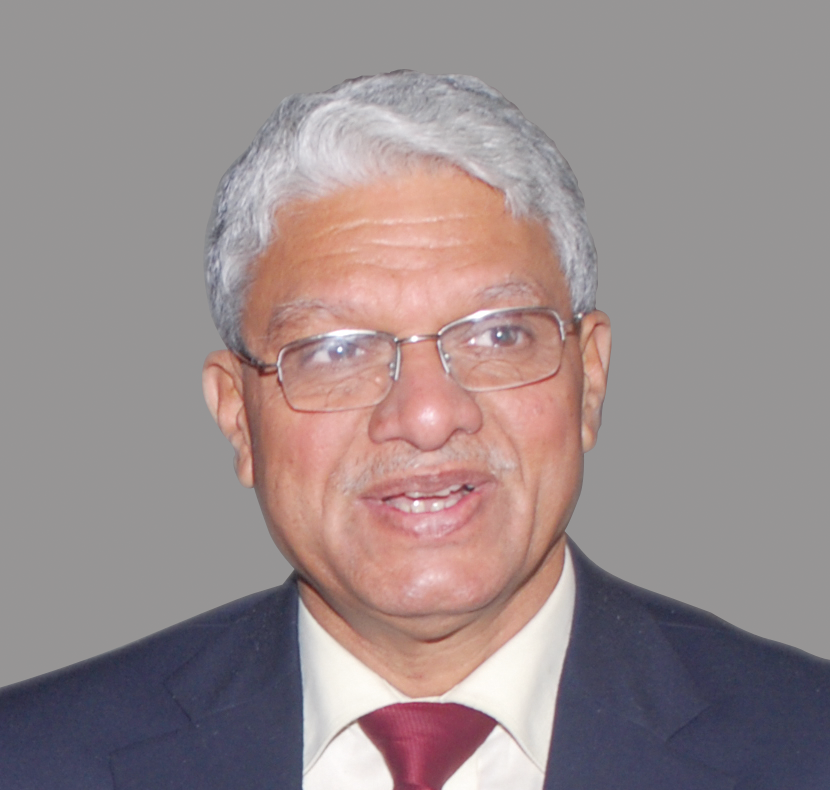
Air Vice Marshal (Retd) Former DG, India Meteorological Department (IMD), New Delhi
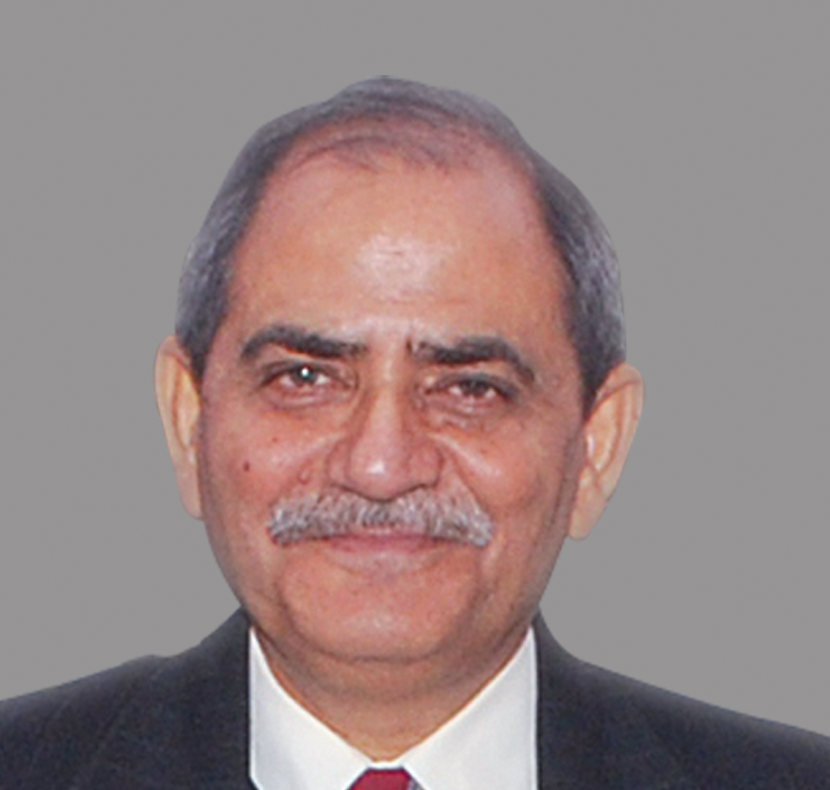
Geologist and Secretary General, 36 IGC, New Delhi.
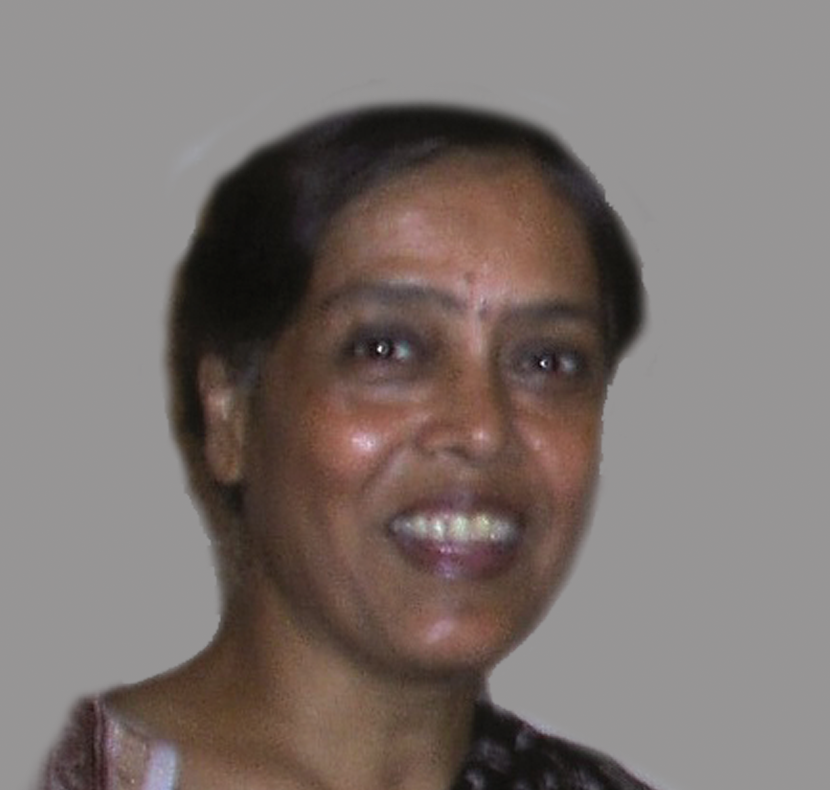
Former Professor, CSRD, Jawaharlal Nehru University, New Delhi.
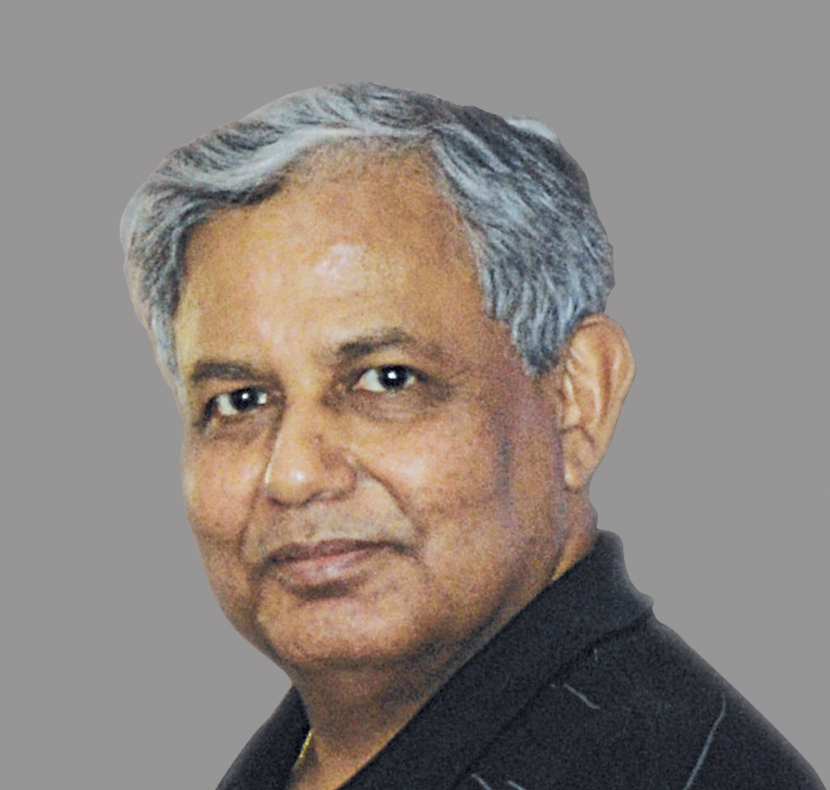
Former Vice Chancellor, MG Kashi Vidyapeeth, Varanasi
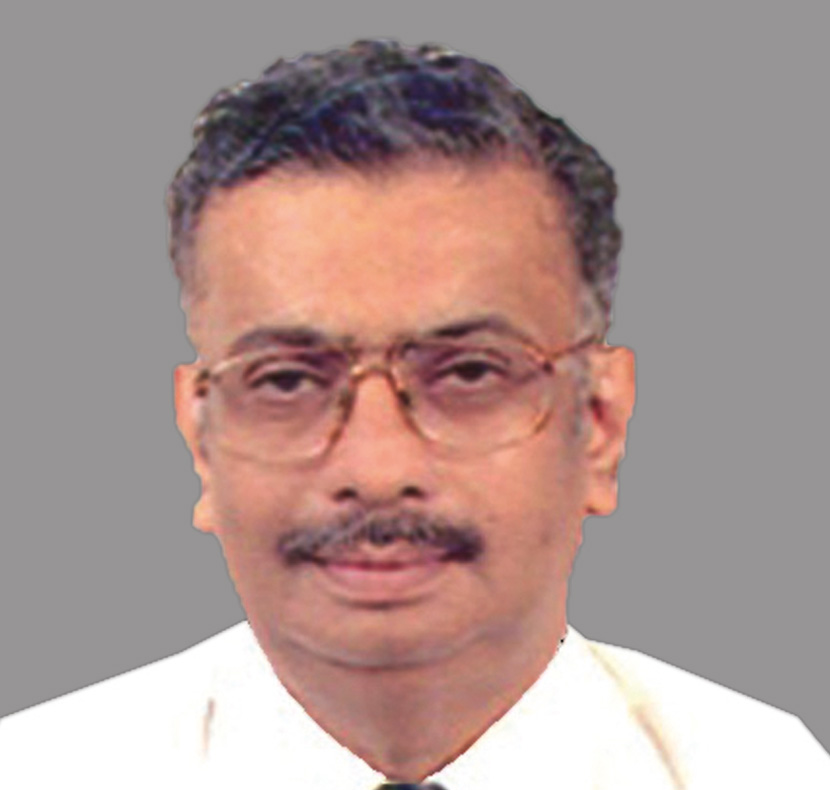
Former Member Secretary, Central Pollution Control Board, New Delhi.
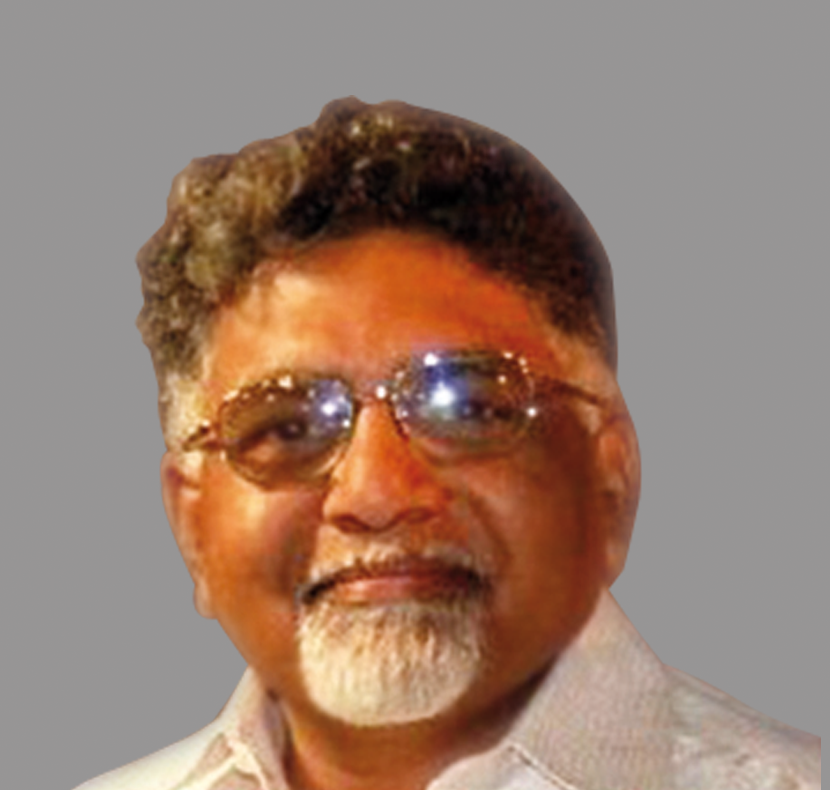
Former Professor, Jawaharlal Nehru University, New Delhi
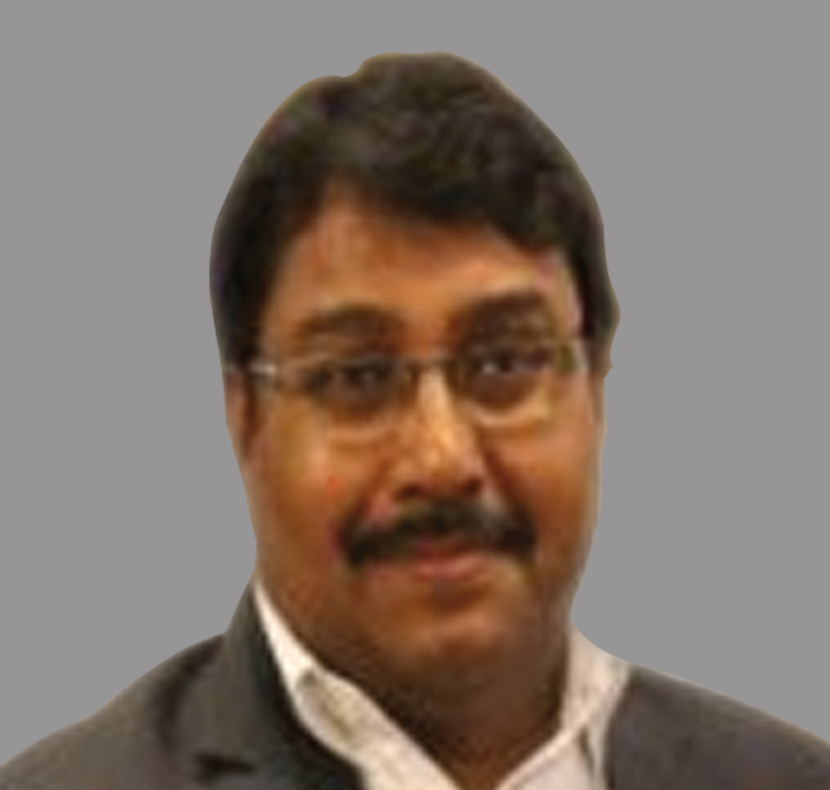
Chief Executive, ACRA, Noida, Uttar Pradesh.
Inside this issue
India Left Behind
India suffers high inequality in terms of distribution of income and wealth. There is an urgent need to take cognizance of the rich-poor divide and ensure a holistic development.
Various methodologies were used to draw poverty lines in India. The expert groups constituted by the Planning Commission followed the calorie intake whereas the Saxena Committee constituted by the Ministry of Rural Development followed the inclusion and exclusion method. Multidimensional poverty by UNDP is calculated on various indicators. All methodologies point towards a high poverty ratio in India.
Using the latest body mass index classifications for Asian Indians it is argued that obesity levels have been under reported. Coupled with the alarming threat that hunger poses to public health, households face a double burden of nutrition. The paper explores policy actions in healthcare, food and agriculture sectors.
The recent Global Hunger Report 2018 has categorised India with ‘serious’ hunger levels. Among children, underfive malnutrition status is indeed poor when compared to global or even South East Asian SDG regions. In fact in some districts of India the prevalence of malnutrition is as high as many African countries.
Policy Interventions
The PMSYM has several novel features, distinguishing it from Atal Pension Yojana. The implicit rate of interest is much higher and a beneficiary is entitled to a pension amount of INR 3,000 per month.
Spread across eight countries, the Hindukush-Himalaya region supports a population of 234 million. Its increased vulnerability in the context of climate change calls for a forum to address the concerns of the people through scientific consensus. Experiences of a common scientific language amongst the stakeholders of the Arctic Council may be a significant takeaway towards this.
The emerging trend of poorly skilled workforce has exposed many a huge population to the risk of losing jobs. The idea of providing Universal Basic Income to all is doing rounds in discussions and deliberations in different quarters. However, it is essential to focus on reskilling the population than supporting them with unconditional cash transfers which comes with its own perils.
In brief
Public Expenditure on Education and literacy rate in India, both have increased manifold since independence. In 1951-52 public expenditure on education was INR 0.644 billion which increased to an allocation of INR 4651 billion in 2013-14 and INR 5600 billion in 2015-16. These amounts include expen
Movies like Gully Boy, Slumdog Millionaire and Secret Superstar are fairy tales in the backdrop of a cruel real world. For youth in the lowest income category, movies such these showcase illusions of opportunity.
Easier handing out a dole than securing a livelihood A helping hand to secure a livelihood is perhaps more meaningful than handing out a dole. But, you will see the streets littered with styrofoam plates now and again from a meal that was distributed free by some affluent sinner. The one-time free

